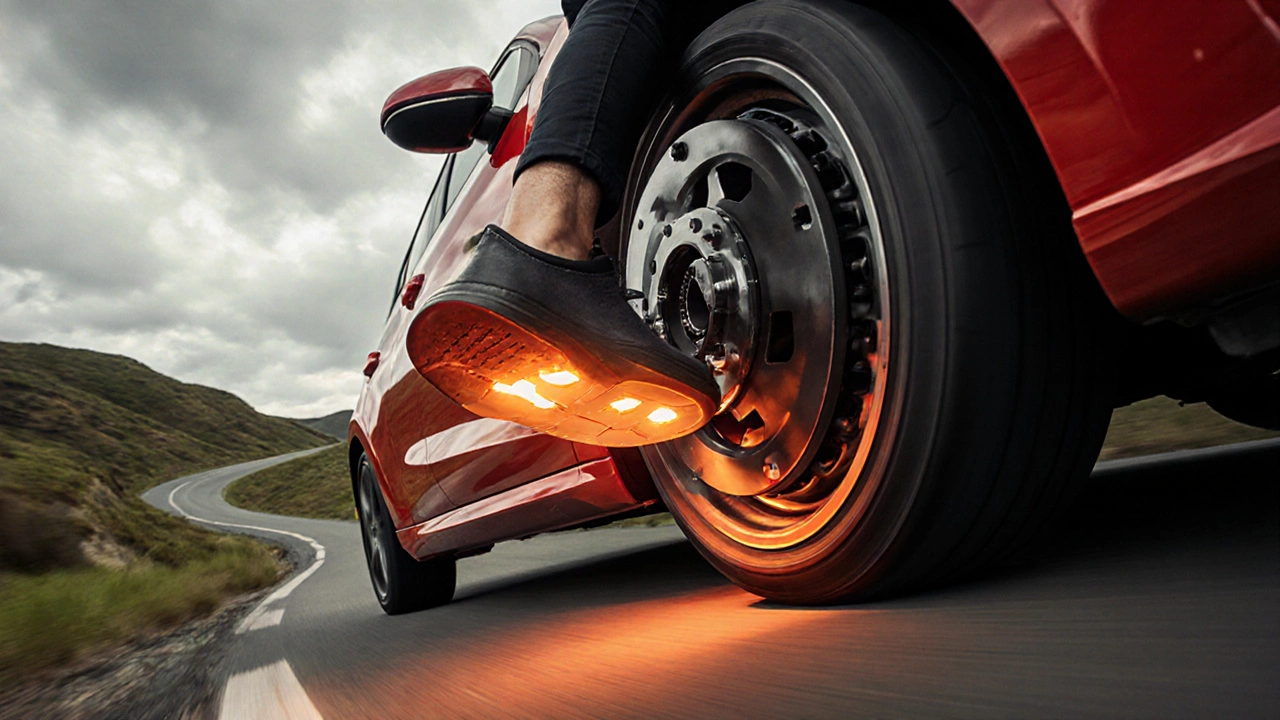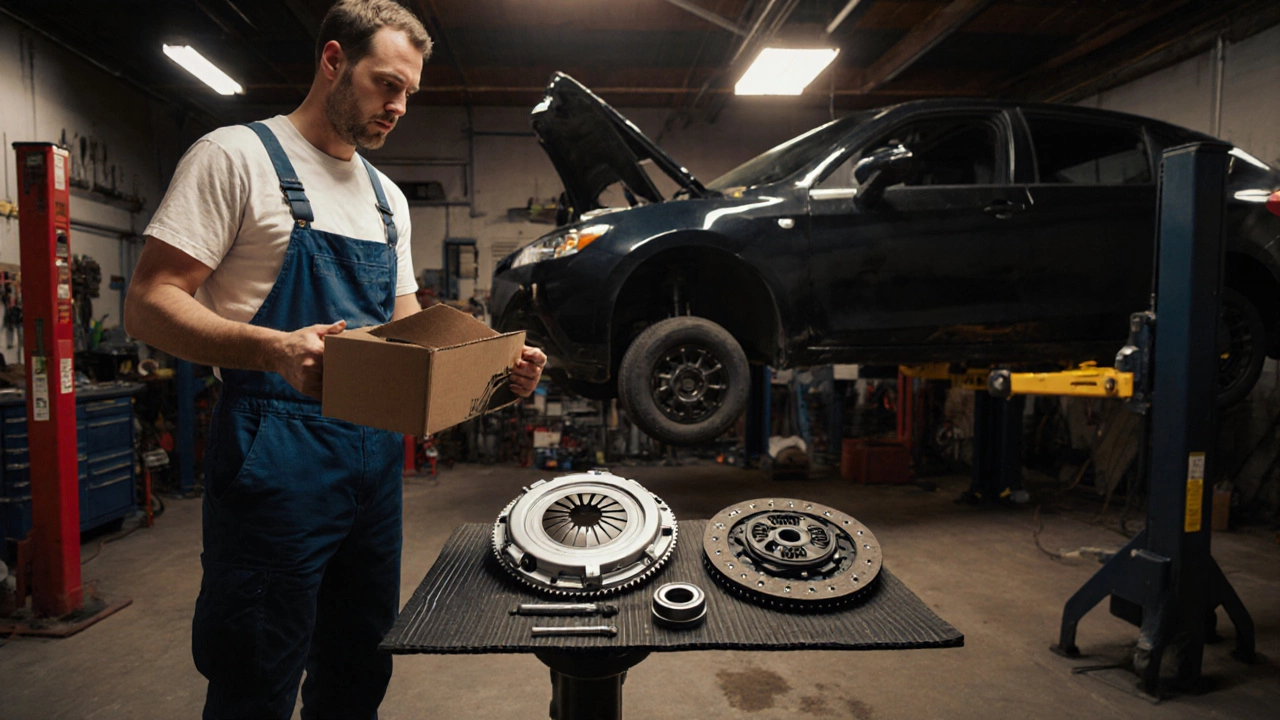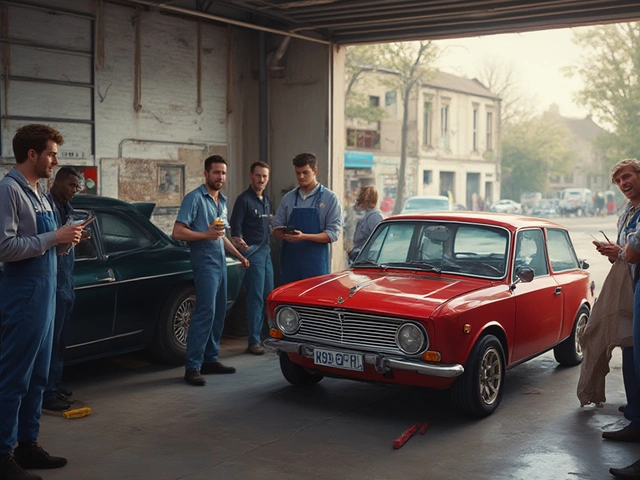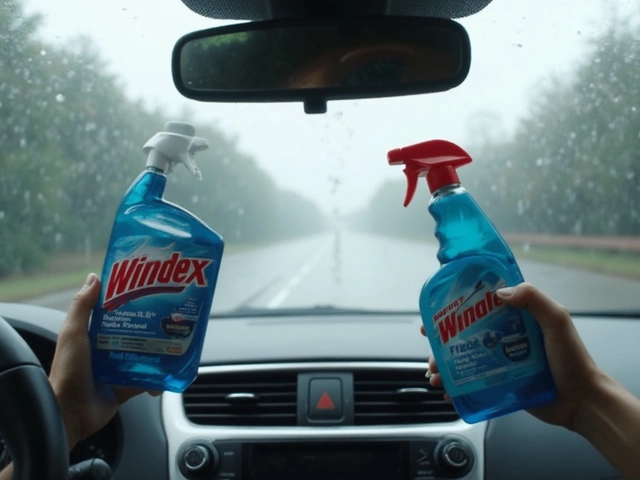Clutch Kit Selection Calculator
Select your vehicle requirements
Choose your driving style, torque output, and additional factors to determine the best clutch kit for your needs
When you hear the term Clutch Kit is a collection of components that work together to connect and disconnect engine power to the transmission in a manual‑drive vehicle. It’s the unsung hero that lets you shift gears smoothly, hold a hill, and keep the engine from revving uselessly. The big question on many car‑owner forums is whether swapping the stock kit for an upgraded one actually makes a noticeable difference. The short answer: it can, but the impact depends on what you drive, how you drive, and which kit you pick.
How a clutch kit actually works
Think of the clutch as a bridge between the engine’s crankshaft and the gearbox’s input shaft. When you press the pedal, a hydraulic or cable‑operated system pushes the Release Bearing against the Pressure Plate, separating the Clutch Disc from the Flywheel. That disengages power, letting you shift. When you let the pedal go, springs in the pressure plate clamp the disc back onto the flywheel, re‑engaging power.
The whole process happens in a fraction of a second, but each component’s material, design, and friction characteristics dictate how quickly and smoothly the engagement occurs. A weaker spring or a thin friction material will feel “slippery” under load, while a heavy‑duty pressure plate will bite harder, giving a firmer feel.
Key components of a clutch kit
- Flywheel - Often cast iron, it provides the rotating surface for the disc. Some kits include a lightweight aluminum flywheel for reduced rotational mass.
- Clutch Disc - The friction element. Stock discs use organic material; performance discs use ceramic or Kevlar for higher torque capacity.
- Pressure Plate - Springs that clamp the disc. Heavy‑duty plates have more springs and higher clamping force.
- Release Bearing - Allows the pressure plate to move without grinding. Upgrade bearings use ceramic cages for longer life.
- Hydraulic Clutch System - Modern cars use a master‑cylinder, slave‑cylinder, and fluid. Some kits offer upgraded seals to prevent sponginess.
Each part can be sourced as OEM (original equipment manufacturer), aftermarket, or performance‑grade. The combination you choose determines whether the kit simply replaces a worn set or actually upgrades your driving experience.
Types of clutch kits and what they promise
| Kit Type | Typical Use‑Case | Torque Capacity | Feel & Pedal Effort | Price (UK, 2025) |
|---|---|---|---|---|
| OEM | Daily driver, standard commuter | ~250 Nm | Soft, forgiving | £180‑£250 |
| Aftermarket | Enthusiasts, occasional spirited driving | 300‑350 Nm | Medium bite, slightly firmer pedal | £250‑£380 |
| Performance | Track days, high‑torque engines, towing | 400‑550 Nm+ | Firm, direct feel; higher pedal effort | £380‑£600+ |
Notice the jump in torque capacity. If you own a modest 1.5‑litre hatchback, an OEM kit already covers your needs. If you’ve swapped in a turbo or plan to tow a camper, the extra clamping force of an aftermarket or performance kit can prevent slipping under load.
When does a clutch kit really make a difference?
Here are three common scenarios where an upgraded kit shows up in real‑world tests:
- High‑torque engines - A 2.0 L turbo that pushes 350 Nm will often cause a stock disc to overheat on steep hills. A ceramic‑based disc stays cooler and holds grip longer.
- Track or autocross use - Aggressive shifting means the clutch engages and disengages repeatedly at high RPMs. A performance pressure plate reduces clutch fade, keeping shift times consistent lap after lap.
- Heavy‑vehicle towing - When you’re pulling a caravan, the torque spikes during uphill starts can overwhelm a soft OEM spring. Upgrading to a heavier pressure plate gives a more reliable take‑off.
If none of those apply, you’ll likely notice only a marginal change-maybe a slightly firmer pedal or a whisper quieter engagement. In that case the upgrade is more about peace of mind than performance.
Choosing the right kit for your car
Start with three questions:
- What is your driving style? Light city commuting, occasional weekend runs, or track‑day focus?
- How much torque does your engine produce, and do you plan any upgrades?
- Do you need a kit that reduces pedal effort for daily comfort, or are you okay with a firmer pedal for better bite?
Match the answers to the table above. For a typical UK 1.2‑L Ford Fiesta, stick with OEM. For a 2.0‑L BMW M240i, an aftermarket kit gives a smoother launch without the harshness of a full‑blown performance set.

Installation basics (what to expect)
Even if you’re comfortable with a wrench, swapping a clutch kit isn’t a weekend‑project for everyone. Here’s a quick rundown of the steps:
- Disconnect the battery and secure the vehicle on jack stands.
- Remove the transmission - this often requires a transmission jack and a few hours of work.
- Take off the old clutch assembly, noting the orientation of the pressure plate and disc.
- Inspect the flywheel for wear; machine it if needed, or replace it with a matched aftermarket unit.
- Install the new Clutch Disc and Pressure Plate using the proper torque sequence (usually a criss‑cross pattern at 12 Nm for the bolts).
- Fit the new Release Bearing and check the hydraulic fluid level.
- Re‑mount the transmission, reconnect all lines, and double‑check the clutch pedal free travel.
- Break in the new kit with gentle revs for the first 200 km, avoiding full‑throttle launches.
If any step feels beyond your comfort zone, a qualified mechanic can handle the heavy lifting for roughly £350‑£500, depending on labor rates in Bristol.
Common pitfalls and how to avoid them
- Incorrect torque on pressure‑plate bolts - Too loose and the plate can shift; too tight and you risk cracking the flywheel.
- Using the wrong release bearing - Size matters; a bearing that’s too large will cause pedal drag.
- Skipping flywheel resurfacing - Even a brand‑new disc will chatter on a worn surface.
- Choosing a kit that’s too aggressive - A performance kit on a light city car can make the pedal feel like a hammer, reducing drivability.
Bottom line: does a clutch kit make a difference?
For most everyday drivers, replacing a worn set with an OEM replacement restores the original feel - that’s the real “difference.” If you fall into the high‑torque, track, or heavy‑towing categories, an aftermarket or performance kit can give you measurable gains in launch control, hill‑hold confidence, and durability. In short, the answer hinges on your vehicle’s demands and your expectations.
Quick reference checklist
- Identify your vehicle’s torque output and intended use.
- Pick OEM for normal commuting, aftermarket for spirited driving, performance for track or heavy loads.
- Inspect or replace the flywheel during installation.
- Follow the torque specs for pressure‑plate bolts (usually 12‑15 Nm).
- Break‑in the new kit gently before aggressive launches.

How long does a clutch kit usually last?
A standard OEM kit on a daily‑driver typically lasts 80‑100 000 km. Aftermarket kits can stretch that to 120‑150 000 km if you avoid constant high‑rev launches, while performance kits may need replacement sooner if you’re on the track weekly.
Can I mix OEM and aftermarket parts?
You can combine an OEM flywheel with an aftermarket disc, but it’s best to match the pressure plate to the disc’s friction type. Mixing a lightweight flywheel with a heavy‑duty pressure plate can cause uneven wear.
Do I need a new clutch kit when I change the transmission?
Yes. The clutch disc, pressure plate, and release bearing are calibrated for the specific input shaft geometry of each gearbox. Swapping a 5‑speed for a 6‑speed usually requires a new kit.
Is a hydraulic clutch better than a cable‑operated one?
Hydraulic systems give smoother pedal modulation and self‑adjust for wear, but they add complexity. Cable systems are simpler and cheaper to repair, but can feel spongier as the cable stretches.
Will a heavier clutch affect fuel economy?
A marginal increase in rotating mass can raise fuel use by about 0.5‑1 % under steady cruising, but the impact is usually negligible compared to driving style.






